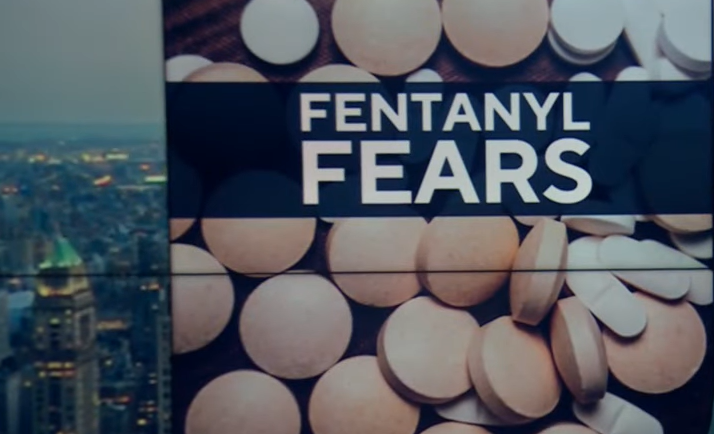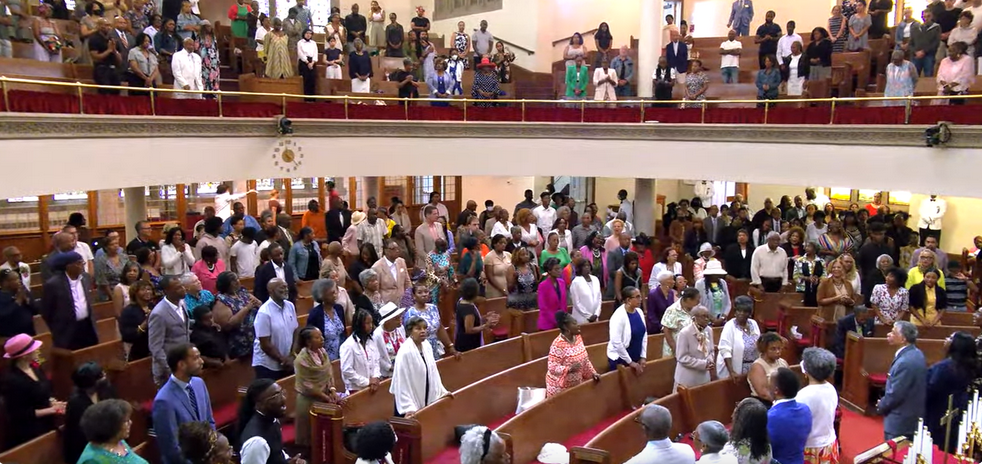Photos: YouTube Screenshots
The Department of Health and Mental Hygiene released a Commissioner’s Advisory for residents, providers and people who use drugs, urging action amidst a historically high number of overdose deaths in the city. Newly released data shows that overdose deaths increased by 12% from 2021 to 2022 and Fentanyl — an opioid 50 to 100 times stronger than morphine — was detected in 81% of drug overdose deaths in New York City.

“This crisis is killing a New Yorker every three hours and is impacting every individual and family in our city and in our nation,” said Health Commissioner Dr. Ashwin Vasan. “No one is spared, even if you think otherwise. If you use drugs, know someone who is using drugs, or might be around drug use, there are simple steps we can take. First, everyone should carry naloxone, get trained to use it and to recognize the signs of overdose. Second, no one should use or allow anyone else to use drugs alone. Third, if you use drugs, seek care, support and treatment; we have a range of options and harm reduction is the foundation. And lastly, everyone should have a candid, judgement-free conversation at your kitchen table about drugs and their danger. We’re all in this together”
Data shows persistent disparities in overdose deaths by age, race, poverty level and neighborhood of residence.
Black and Latino/a New Yorkers had the highest rates of overdose death and the largest increases in rate from 2021 to 2022. Black New Yorkers between the ages of 55 and 84 had the highest rate of overdose death compared to Black New Yorkers in other age groups, and New Yorkers of any age. Residents of the South Bronx neighborhoods of Crotona-Tremont, Hunts Point-Mott Haven, and Highbridge — continued to experience the highest rates of overdose death citywide.
For the first time, the Health Department reported on overdose deaths by setting. Approximately 60% of overdose deaths occurred in the person’s own or someone else’s home and 16% occurred in a public setting.
In response to the crisis, the New York City Health Department issued a Commissioner’s Advisory recommending that New Yorkers:
- Carry naloxone and know how to use it;
- Talk to their loved ones about substance use and overdose risk;
- Avoid using drugs alone and
- Keep all drugs — including medications — safely stored.
Past Commissioner’s advisories have focused on other public health emergencies such as COVID-19 and RSV.
Anyone can attend a Health Department training and receive a free naloxone kit. Naloxone, fentanyl test strips and xylazine test strips are also available for free at syringe service programs – comprehensive hubs that connect people who use drugs with a range of basic needs, social supports, and physical and mental healthcare – and Opioid Overdose Prevention Programs citywide.

Care, Community, Action: A Mental Health Plan for New York City, released in March 2023, included overdose prevention as a central pillar and set a goal of reducing overdose deaths by 25% by 2025. To achieve this goal, the city committed to supporting comprehensive prevention, harm reduction, treatment and recovery services to reduce the risk of overdose and other drug-related harms. Since the launch of the plan in March, the city has:
- Launched the city’s first public health vending machine;
- Opened a Buprenorphine Clinic at NYC Health + Hospitals/Gotham Health, Vanderbilt;
- Distributed more than 77,000 naloxone kits and hosted 38 naloxone trainings;
- Provided drug-checking services at five sites citywide and distributed tens of thousands of fentanyl and xylazine test strips;
- Provided 24/7 peer-led nonfatal overdose response services at 14 emergency rooms across New York City;
- Provided financial support and technical assistance to 14 syringe service providers in all 5 boroughs;
- Expanded hours and services at the nation’s first 2 publicly recognized overdose prevention centers, where staff have effectively intervened more than 1,000 times to prevent overdose-related injury or death;
- Supported more than 85 prevention, substance use disorder treatment and recovery programs citywide; and
- Increased access to buprenorphine in primary care, emergency department, harm reduction, and homeless outreach settings.

Visit nyc.gov/alcoholanddrugs to learn more about available resources






